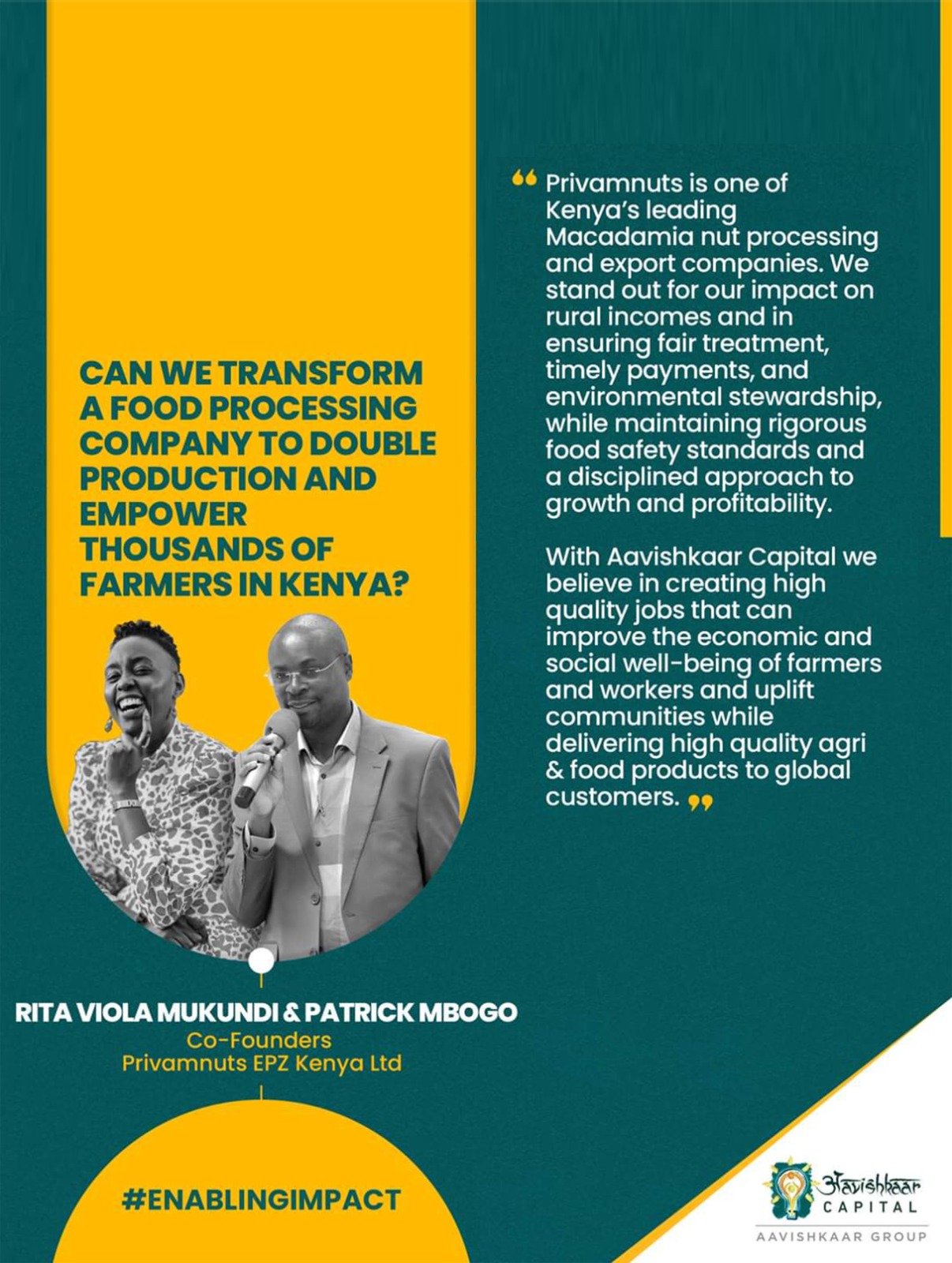
George Mbugua,New CEO Davis & Shirtliff{Photo/Courtesy}
Small scale farmers embrace irrigation technology to boost yields, revenues – Davis & Shirtliff
Small-scale farmers in Kenya are increasingly transitioning away from rain-fed farming, which is susceptible to drought, and are embracing irrigation technologies to enhance their yields and realize more revenue, Davis & Shirtliff, a leading provider of irrigation technology and water solutions, has reported this trend.
The adoption of affordable and efficient irrigation technologies, such as drip irrigation, has been gaining momentum among smallholder farmers in the country.
Davis & Shirtliff Group Technical Director Eng. Philip Holi has attributed this shift to a growing awareness among farmers, including smallholders, regarding the advantages of irrigation in improving crop yields and ensuring food security.
He noted that both governments and non-governmental organizations have played a pivotal role in promoting irrigation through subsidies, training, and other support mechanisms, contributing to this positive trend.
Holi, who was speaking during the marking of World Food Day in Nairobi, stressed the importance of increased investment in water harvesting, storage, and distribution infrastructure to ensure a reliable water supply for agricultural activities.
He also highlighted practices like conservation agriculture, agroforestry, and the use of drought-tolerant crop varieties as significant contributors to achieving food security.
Holi emphasized that enhancing the capacity of farmers through training and providing access to resources is crucial to equipping them with modern agricultural and irrigation techniques.
Despite these positive developments, challenges such as limited access to water, the cost of irrigation infrastructure, and a lack of knowledge about modern irrigation practices persist, particularly among smallholder farmers.
Davis & Shirtliff, which maintains branches in 96 locations throughout Kenya and the East and Southern African regions, has observed a decline in water tables in various regions due to prolonged droughts caused by climate change.
This decline makes the drilling process more challenging and necessitates deeper drilling to reach viable water sources.
However, the adoption of advanced drilling technologies has enabled more efficient exploration and extraction of groundwater, even in drought-stricken areas, according to its Technical Director Philip Holi.
It is estimated that 140 million people in Africa face acute food insecurity, according to the 2022 Global Report on Food Crises 2022 Mid-Year Update.
Small-scale farming in Kenya contributes significantly to the nation’s agricultural output, accounting for 75% of the total output and 70% of marketed agricultural produce.
These farmers produce over 70% of maize, 65% of coffee, 50% of tea, 65% of sugar, and nearly 100% of other crops. Their operations vary in size from 0.2 to 3 hectares and serve both subsistence and commercial purposes.
Vision 2030 has identified agriculture as a key sector for achieving the 10% annual economic growth rate envisioned under the economic pillar.
Transforming smallholder agriculture from subsistence to an innovative, commercially oriented, and modern agricultural sector is deemed critical for achieving this growth and boosting food security in the country.
According to Kenya Smart Agriculture strategy 2017-2026, intensified irrigation can quadruple agricultural productivity in the country, and depending on the crops, multiply incomes by up to ten times.
The Kenya Climate Smart Agriculture Strategy 2017-2026 estimates that the country has not fully realized its irrigation potential, which is estimated at 1.342 million hectares.
Approximately 14% of this potential has been exploited. Challenges in irrigation scheduling arise due to high variability in rainfall, with most systems abstracting water directly from river flows.
Less than 10% of irrigators abstract water from dams, and 5% use groundwater, domestic water supply systems, and wastewater.
Water storage potential remains underdeveloped, with major challenges in achieving equitable water allocation and deliveries. Additionally, between 30% and 60% of abstracted irrigation water is lost to seepage, evaporation, tailwater loss, and weed transpiration due to inefficient irrigation systems and application technologies.
According to the Economic Survey of 2023, the share of marketed agricultural output from small farms declined from 73.1% in 2021 to 73% in 2022.
Nevertheless, the value of sales by small farms increased from KSh 385.3 billion in 2021 to KSh 412.2 billion in 2022. Large farms also experienced a 7.5% increase in the value of sales, from KSh 141.8 billion in 2021 to KSh 152.5 billion in 2022.











